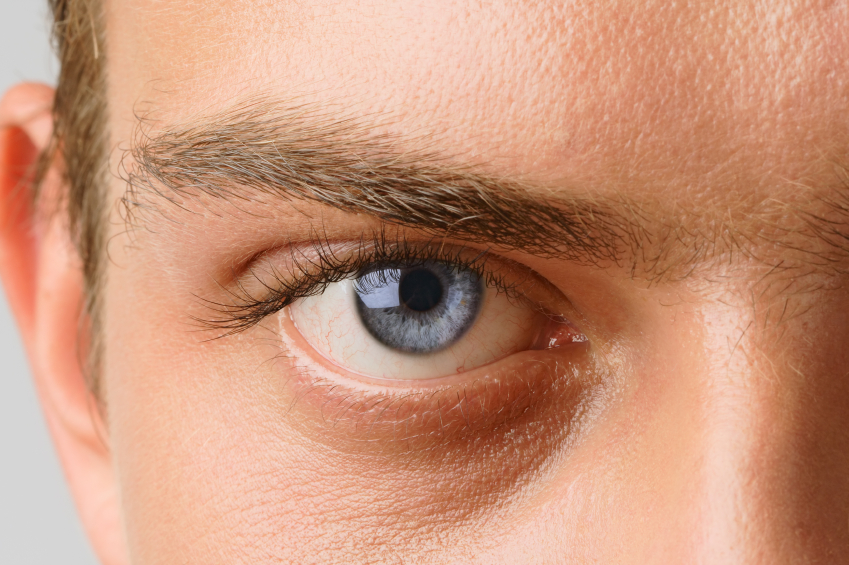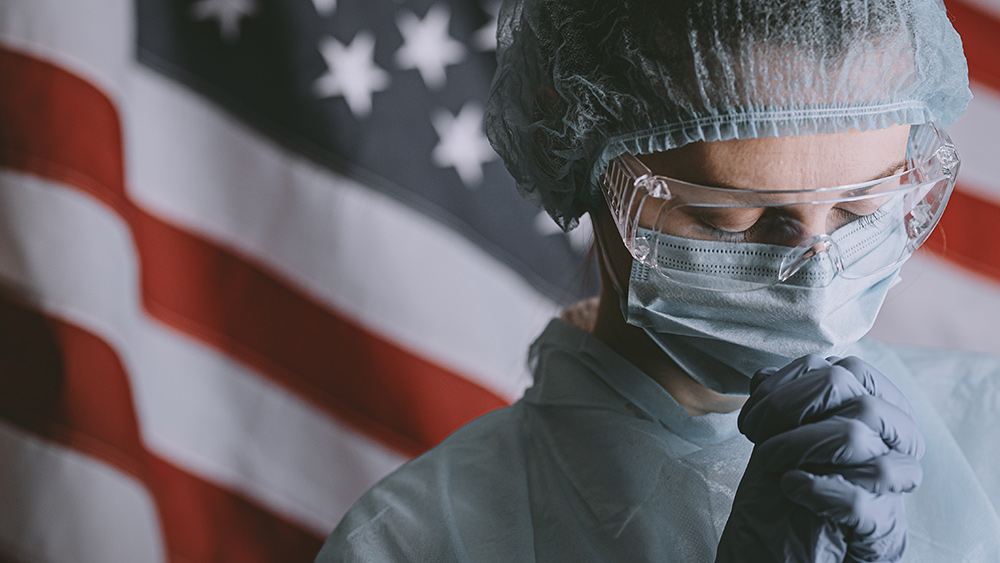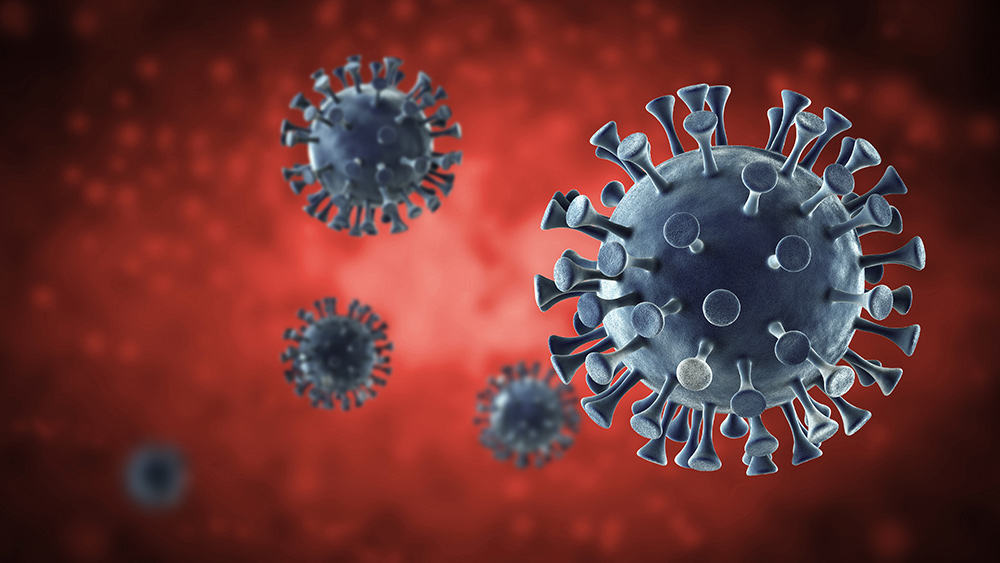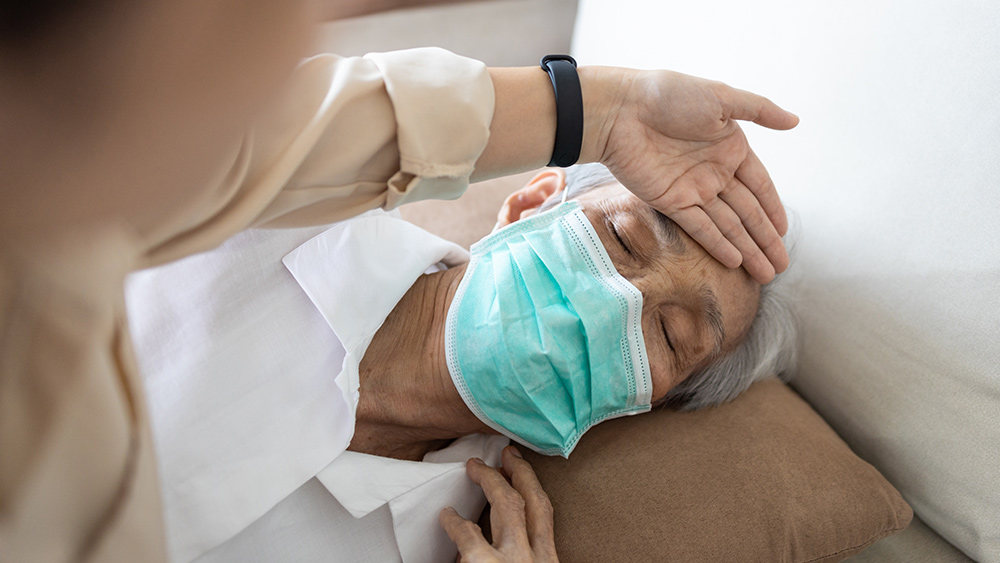Coronavirus kills patients SILENTLY – even before they show symptoms
04/23/2020 / By Franz Walker

Healthcare professionals now report that coronavirus (COVID-19) patients are dying due to life-threatening oxygen deprivation, even though they don’t show signs of breathing trouble. Dr. Richard Levitan, an emergency medicine practitioner at New York City’s Bellvue Hospital, recently wrote an op-ed for the New York Times where he described a deadly phenomenon that he observed in COVID-19 patients with pneumonia.
Oxygen deprivation is a silent killer
Pneumonia fills up the air sacs in the lungs of an infected patient with fluid or pus. Normally, patients with pneumonia experience chest discomfort, pain with breathing and other breathing problems.
What Levitan and his colleagues noted, however, was people who tested developed pneumonia because of COVID-19 didn’t experience any of these even as their oxygen levels fell. By the time they do, they had developed hypoxia — the levels of oxygen in their bodies had fallen to alarmingly low levels. Normal oxygen saturation at sea level is about 94 to 100 percent. For these patients, however, their oxygen saturation had fallen as low as 50 percent. (Related: Bombshell plea from NYC ICU doctor: COVID-19 is a condition of oxygen deprivation, not pneumonia… VENTILATORS may be causing the lung damage, not the virus.)
The lack of the typical symptoms of pneumonia meant that, by the time some patients had come into the hospital, their pneumonia had already progressed to dangerous levels.
“To my amazement, most patients I saw said they had been sick for a week or so with fever, cough, upset stomach and fatigue, but they only became short of breath the day they came to the hospital,” said Dr. Levitan. “Their pneumonia had clearly been going on for days, but by the time they felt they had to go to the hospital, they were often already in critical condition.”
It also meant that they would often come across patients who had come in for other complaints but were later found to have COVID-19 pneumonia.
“The patient stabbed in the shoulder, whom we X-rayed because we worried he had a collapsed lung, actually had COVID pneumonia. In patients on whom we did CT scans because they were injured in falls, we coincidentally found COVID pneumonia. Elderly patients who had passed out for unknown reasons and a number of diabetic patients were found to have it,” explained Dr. Levitan in his op-ed.
Dealing with acute hypoxia, doctors are often forced to intubate patients, a procedure where a tube is inserted into a patient’s throat to allow them to be hooked up to a ventilator to help them breathe. Normally, patients who are intubated are either under extreme duress or unconscious. For the COVID-19 patients handled by Dr. Levitan, many were still fully aware of their surroundings and even using their cellphones when they were put on monitors.
Collapsed air sacs causing hypoxia
As for why COVID-19 patients are suffering from what Dr. Levitan and his colleagues have dubbed the “silent hypoxia,” he explains that it has to do with the air sacs in the patients’ lungs. The coronavirus goes after lung cells that make the surfactant compounds that help these air sacs stay open in between breaths.
With the surfactant-making cells under attack, there’s not enough of the material to go around to keep the air sacs open. When the inflammation from COVID-19 starts, the air sacs collapse, causing oxygen levels to fall.
Despite the drop in oxygen levels, however, the lungs remain complaint, and not stiff and heavy from fluid buildup — that comes later. Patients are then still able to expel carbon dioxide. Without a heavy buildup of carbon dioxide, patients don’t feel short of breath.
Patients oxygen levels should be monitored
To help combat this “silent hypoxia,” Dr. Levitan says that patients’ oxygen levels need to be constantly monitored even if they aren’t showing signs of pneumonia yet. To do so, he recommends using a device called a pulse oximeter.
Pulse oximeters are small, oxygen sensing devices that can be purchased at any pharmacy. These noninvasive devices simply clip onto a patient’s finger to measure the oxygen levels in their blood.
The small size and ease of use of pulse oximeters mean that patients’ blood oxygen levels can be monitored even at home. By doing so, they can be alerted of when they need to go for treatment even before they experience shortness of breath and their blood oxygen levels get too low.
“Widespread pulse oximetry screening for COVID pneumonia – whether people check themselves on home devices or go to clinics or doctors’ offices – could provide an early warning system for the kinds of breathing problems associated with COVID pneumonia,” stated Dr. Levitan.
Dr. Levitan goes as far as to recommend that people with cough, fever or fatigue should also have pulse oximeter monitoring, even if they haven’t tested positive for the virus. He points out that a vast majority of Americans who have been exposed to the virus don’t know it, implying that checking their oxygen levels could clue them in as to whether they might need to get tested.
Sources include:
Tagged Under: Acute hypoxia, blood oxygen, coronavirus, covid-19, Flu, hypoxia, infections, New York, outbreak, oxygen deprivation, pandemic, pulse oximeter, pulse oximetry, superbugs, symptoms, virus
RECENT NEWS & ARTICLES
ImmuneSystem.News is a fact-based public education website published by Immune System News Features, LLC.
All content copyright © 2018 by Immune System News Features, LLC.
Contact Us with Tips or Corrections
All trademarks, registered trademarks and servicemarks mentioned on this site are the property of their respective owners.



















